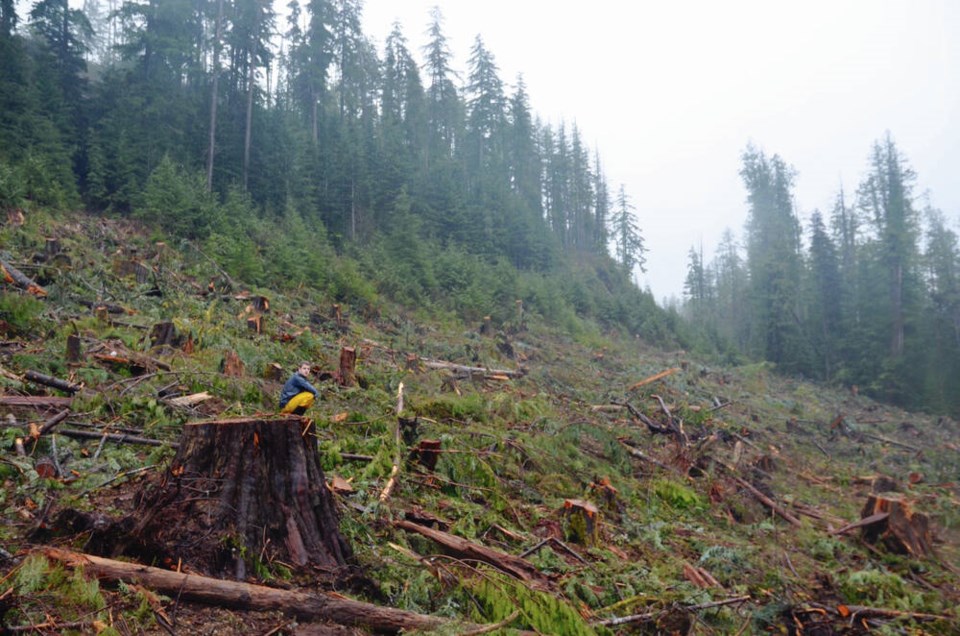A commentary by a Mill Bay resident.
In 1937, Ernest C. Manning, B.C.’s chief forester, told the 91原创 Board of Trade that “our forest resources are our real central bank. … Keep the assets in a productive state and do not dissipate the capital.”
In 1939, in his annual report to the legislature, Manning said: “We are turning capital into revenue. We are creating barren lands.”
Despite this warning, B.C. continued to maintain unsustainable forestry practices, resulting in much of B.C.’s “capital” being turned into revenue. Most of our iconic high-value old-growth forests are gone.
The recent letter “North Cowichan could sell its forests” supported management of our forests that would include spraying forests with glyphosate to kill deciduous trees and shrubs resulting in elimination of habitat for birds, bats and squirrels, creatures that eat tree-damaging insects; leaves and berries, food sources for many creatures, such as caribou, moose and bears; and nitrogen-fixing trees and shrubs, resulting in less nitrogen, an essential nutrient, being transferred via fungal networks to the desired high-value fibre trees.
The leaves shed in the fall also provide nutrients for the valued fibre trees. More tree-damaging insect activity and less nitrogen nutrients make the high-value fibre trees more susceptible to disease, promoting forest fires. Destroying much of the fire-resistant deciduous trees and shrubs also makes the forest more susceptible to forest fires.
Another management practice is to replace naturally regenerated mixed forests with monoculture plantation forests.
Studies have shown that monoculture plantation forests are much more vulnerable to forest fires than naturally regenerated mixed forests.
Destruction of deciduous trees and shrubs as well as establishment of monoculture plantation forests also result in a loss of biodiversity. For example, all boreal caribou are now considered threatened, with many herds having disappeared in B.C. There would be a promotion of landslides, and decreases in the ability of forest floors to store winter rains, exacerbating drought conditions and associated failure of aquifer replenishment.
Finally, the world is in a carbon-emission crisis that is resulting in climate changes associated with more unpredictable weather. Our managed forests used to be net carbon sinks, but no longer.
Natural Resources Canada’s The State of Canada’s Forests Annual Report points out that Canada’s managed forests have been net carbon emitters since 2002.
In B.C.’s Provincial Greenhouse Gas Inventory report, the section entitled “Emissions not included in the inventory total” indicates that this is also true for B.C.’s managed forests.
We need to change forestry practices such that our forests become net carbon sinks; promote the retention of water from the winter rains into the dry season, thereby allowing replenishment of our aquifers; and promote retention (and development) of habitats for all the creatures we share the planet with.
We need to “manage” our forests using ecoforestry approaches. A good example of this is the Wildwood Ecoforest at Yellowpoint. As another benefit, ecoforestry employs more people per cubic metre of wood harvested than the traditional clearcut forestry practices.
There are no dark monies here. The citizens who are concerned about the past management of the North Cowichan forests simply want a future for their children and grandchildren, as well as for all the other species we share the Earth with.



